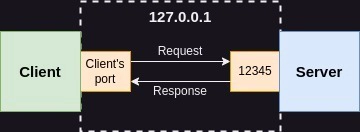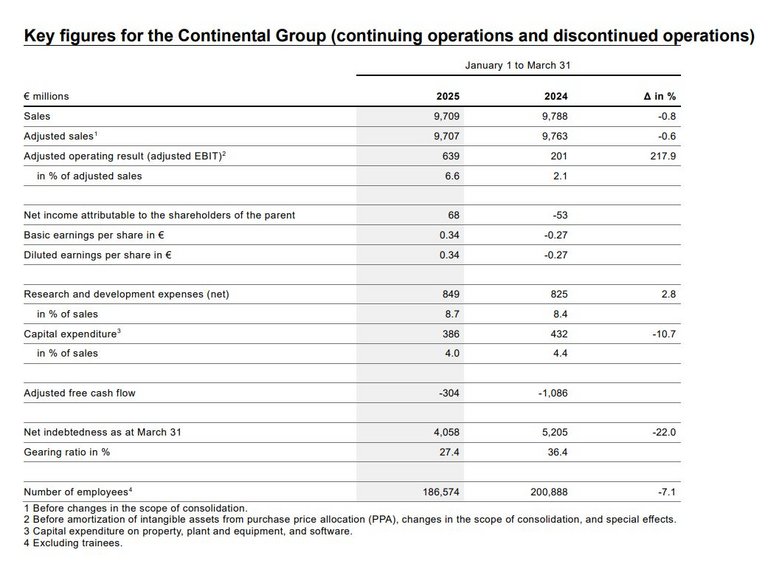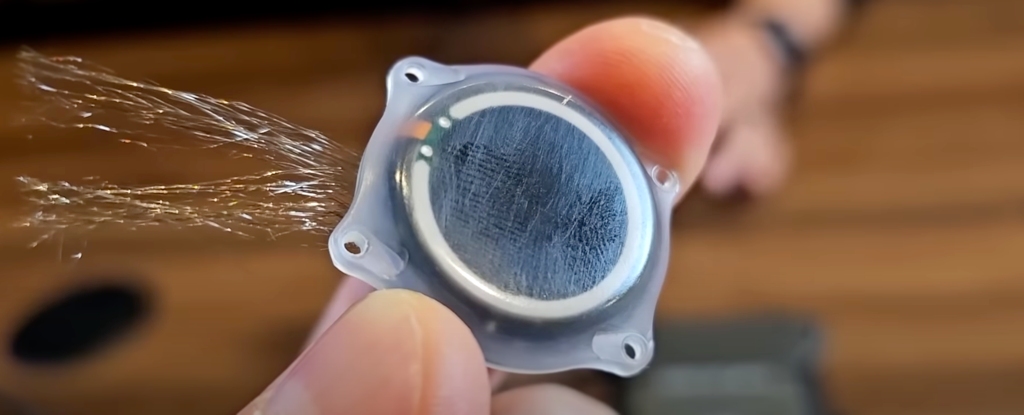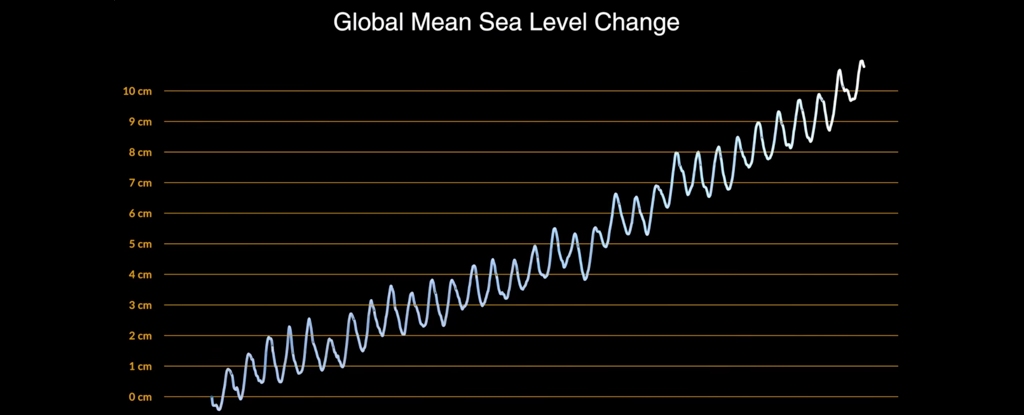Trump’s new plan for student loans, briefly explained
This story appeared in The Logoff, a daily newsletter that helps you stay informed about the Trump administration without letting political news take over your life. Subscribe here. Welcome to The Logoff: The Trump administration will begin sending student loans in default to debt collectors today and will soon seize wages for repayment, a decision with financial consequences for […]


This story appeared in The Logoff, a daily newsletter that helps you stay informed about the Trump administration without letting political news take over your life. Subscribe here.
Welcome to The Logoff: The Trump administration will begin sending student loans in default to debt collectors today and will soon seize wages for repayment, a decision with financial consequences for millions of Americans behind on their payments.
What’s the context here? The first Trump administration stopped requiring repayment of student loans in March 2020. After Joe Biden’s attempt at mass student loan forgiveness was struck down by the Supreme Court in 2023, payments resumed for loan borrowers. But at first, borrowers who weren’t making payments avoided penalties. In April, the Trump administration announced it would resume collections on loans that have not been paid, and today, time is up.
So what now? If loans are in default — meaning they have not been paid in 270 days — the federal government will begin the process of sending the accounts to collection agencies, which will hurt borrowers’ credit scores. The administration also says it will soon begin garnishing wages and federal payments.
How many people will this affect? Almost 43 million Americans have student debt. Five million borrowers haven’t made a payment in 360 days, per the Education Department. More than 20 percent of borrowers haven’t made a payment in at least 90 days, according to the credit service TransUnion.
What’s the big picture? The student loan grace period was meant to get borrowers through tough economic times, and it’s true the chaos of the pandemic economy has passed. Unemployment is at 4.2 percent, and inflation is under control. But the rosier economic picture may be temporary, as President Donald Trump’s tariffs are already hurting GDP growth, and more difficult times for workers could be around the corner. For those with spiraling student loan debt, that could be doubly painful.
And with that, it’s time to log off…
I get a lot of joy out of Vox’s Unexplainable podcast, which explores difficult scientific questions and helps me remember that we’re surrounded by wonder. So I’m excited to let you know that Unexplainable is going to start coming out with new episodes twice weekly. You can subscribe on Apple Podcasts and on Spotify. And today’s episode is a gem: an exploration of how most everything we were told about Neanderthals is wrong. Hope you enjoy, thanks for reading, and I’ll see you back here tomorrow.












































































